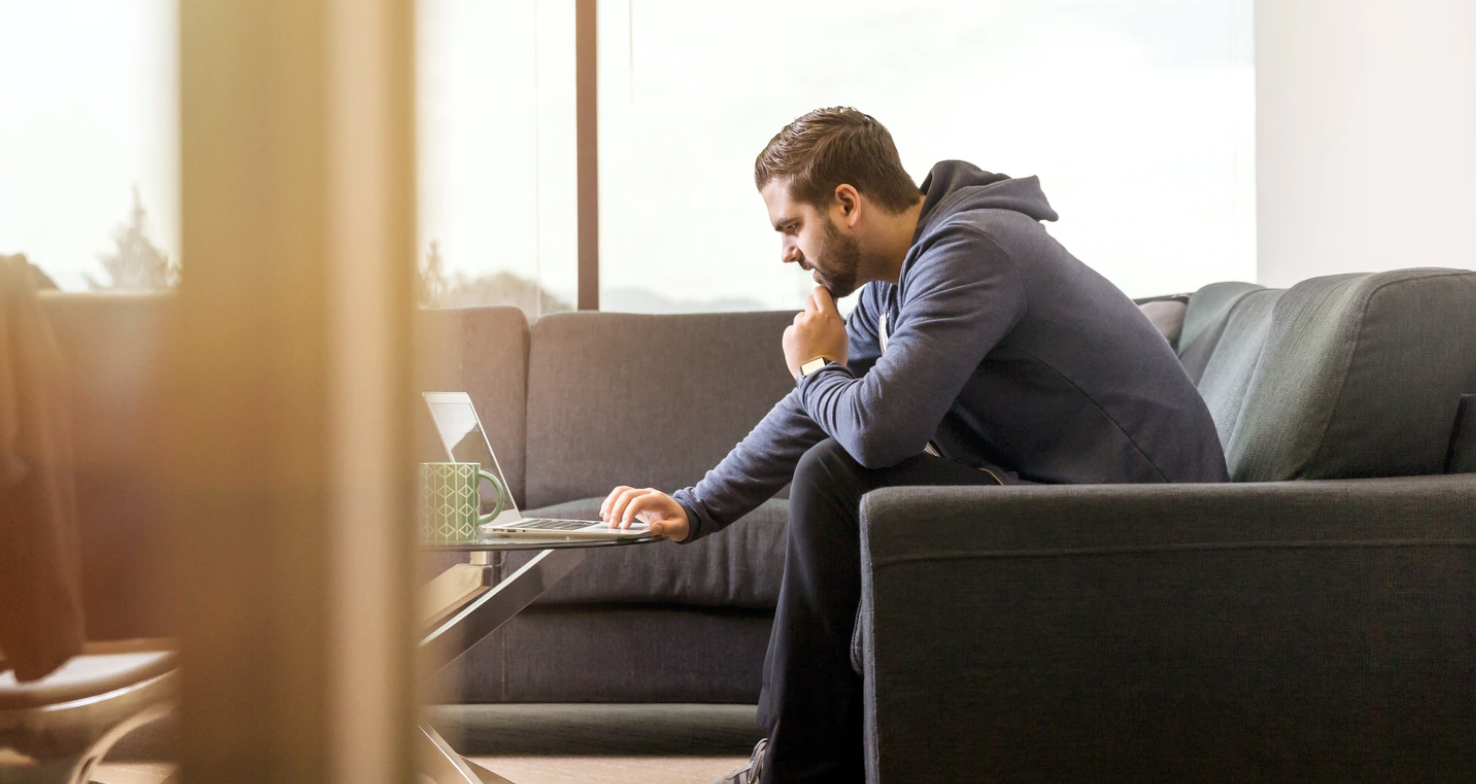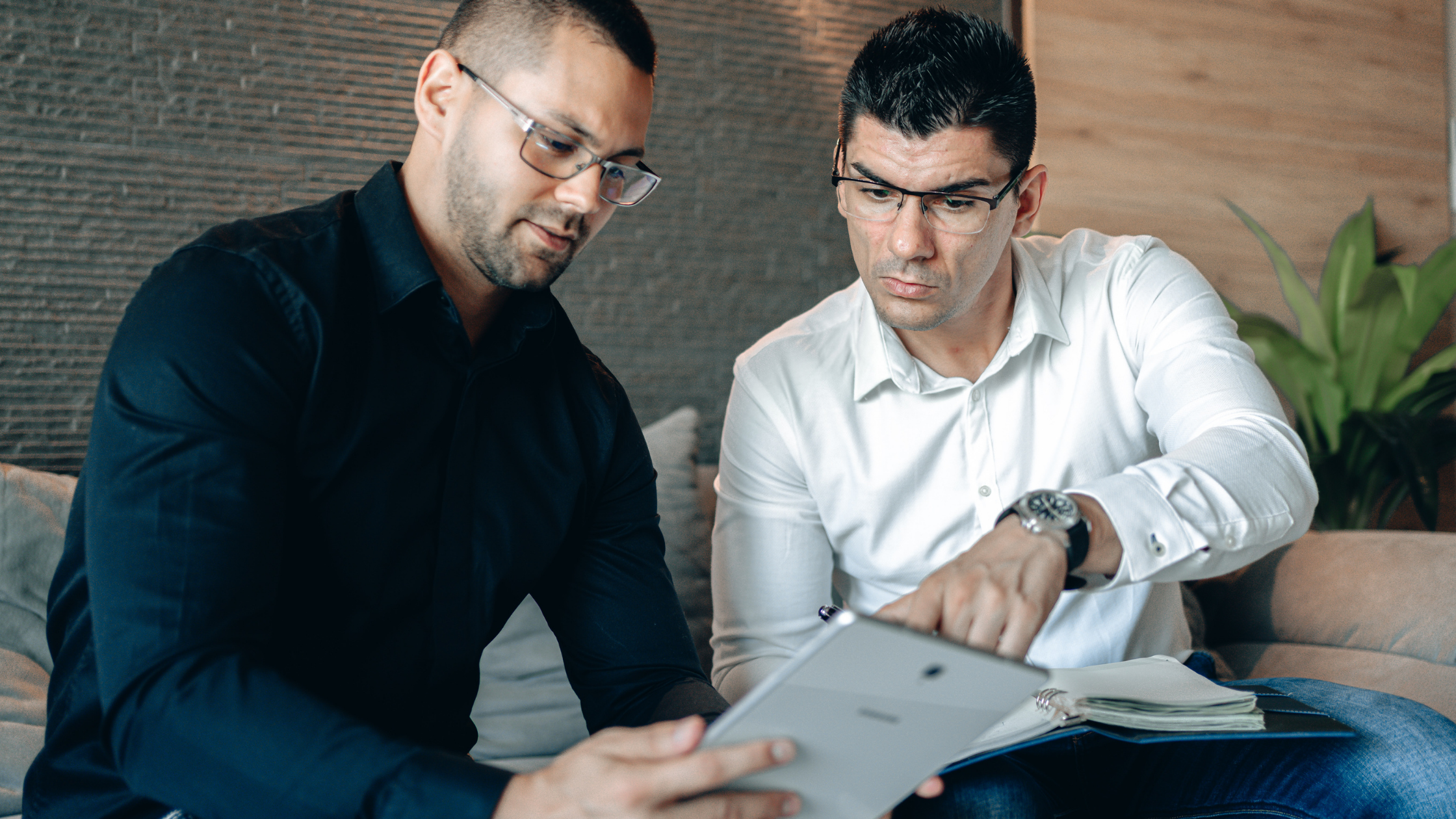
In early March, as a response to the increasing growth of global COVID-19 cases, Key Lime Interactive moved its employees to a “work from home” arrangement. Concurrently, a number of our projects required a quick switch to remote methodologies. Although these switches allowed us to continue “business as usual”, a number of key considerations concerning conducting research during COVID-19 became apparent. Due to the distinct challenges posed by COVID-19, Key Lime Interactive is dedicating a number of blog posts centered around UX Research during a pandemic, providing suggestions on how to best account for uncertainty and “the new norm”.
5 Reasons Why You Should Switch to Remote Research
1. Rather than worrying about the effects of COVID-19 on research results, we should embrace how crises allow for deeper introspection and reflection.
COVID-19 brings with it a number of questions concerning data collection and validation. Since most projects seek to understand the “typical user experience”, many worry that COVID-19 might skew responses and lead to biased results. However, this way of thinking should be reframed. Disaster anthropologists note that during moments of crisis, certain avenues of exploration normally closed off to researchers open up because of the disruption to participant's day-to-day life. Insights otherwise difficult to gather present themselves as people reflect on the very visible changes surrounding them. People are more reflective about what the typical is now that there has been a disruption to their normal routines. Because they are able to look at their lives in a comparative manner (pre-COVID vs COVID), participants are more reflective concerning their typical/normal routines.
For example, in a recent study KLI took part in on health and wellness during COVID-19, participants were asked to reflect on their shifting behaviors related to diet and exercise during social distancing. When probed about shifts in their daily behaviors, instead of getting responses like "I don't know why I do it", we got responses like "Well since I don't have to physically commute to the building anymore that has changed my routine to allow me to have more time to exercise" or “I used to skip lunch because work was so busy. Now I eat better and actually have three meals a day”. Having this point of comparative reference offers a nuanced engagement with a participant’s "norm". As such, crises have a way of revealing the cultural underpinnings of society, i.e. the various factors, institutions, behaviors, and beliefs that have become normalized and shape everyday experiences. In moments of crisis, these “social sutures” become undone, often laying bare the systemic, structural, and cultural factors that shape people's day-to-day lives. By pulling at these threads, researchers can glean deep, rich insights that untangle why people do what they do.
2. The nature of “work” has changed during COVID-19, as such we should adjust our “business as usual” approach.
The adoption of “stay at home” orders throughout the world has led to many researchers shifting from an office environment to working from home. For many of us, the shift from an office to the home environment has allowed us to continue work as usual due to our use of various digital mediums (e.g. web conferencing, Google Suite, and UX tools). While our ability to work has suffered minimal impact, the nature of work and the context it is conducted in have changed severely. Many researchers find themselves working at home, juggling a number of responsibilities such as ensuring kids attend school sessions remotely, taking care of family and friends, and finding a quiet place to get work done (if possible). Merging the responsibilities of different social spaces into one has led to a shift in expectations and performances that have compounded anxiety and stress as both researchers and participants try to find “the new norm”. Navigating this situation is a work in progress that many are still trying to figure out. Amidst this background, it is important to differentiate between working from home and trying to work during a crisis from home. As such, a number of key considerations should be taken when developing and conducting research during COVID-19.
3. It is essential to reframe how we think about in-person vs remote research.
The first is to critically engage the differences between in-person and remote research. There is a tendency to view remote ethnography through a deficit mentality, e.g. “You lose something when you can’t be in person”. As anthropologist Daniel Miller reminds us, to think of the digital and physical through such duality incorrectly divide how we experience the world. The digital and analog often intersect in our day-to-day lives as we hop from one medium to the other fluidly during day-to-day tasks. Digital interfaces such as social media and web cameras are one important medium that we as humans experience our sociality. Rather than trying to recreate an in-home experience, it is better to embrace the possibilities and opportunities that remote research offers us. The key to shifting towards a remote methodology is ensuring that we ask the right questions. As such, we should approach our questions from a holistic perspective, questioning established terminology and reflecting on key differentiations such as the one between social distancing and physical distancing.
Using digital mediums creatively, UX researchers can get at the deeper, contextual aspects they seek to understand. For instance, one goal of the in-home methodology is to experience what a participant’s day-to-day environment is like. Often insights from this experience depend on selective probing from the researcher. Via remote methodologies such as diary studies, participants have the time to document their environments, allowing them to showcase things that are important to them and reflective of their experiences. Rather than being pressured to come up with an answer during a timed session, participants can use the digital space to check in when comfortable. Researchers can ask participants to explain why they documented what they did, attaching memories and stories to these artifacts in order to build a contextual understanding of their lived experiences.
4. Since Covid-19 has disrupted many aspects of our day-to-day lives, it is important that we adjust our project planning to account for these changes.
Considering the precarity caused by the current wave of unemployment and the disruption to everyday social practices, participants are dealing with additional responsibilities with tighter budgets. Many participants find themselves looking at pay cuts, being furloughed, or laid off, fundamentally shifting their sense of self. In a moment of crisis, the socioeconomic difficulties faced by some participants become exacerbated, necessitating a shift in methodological approach. As such, we should try to design projects in a way that is sensitive to these externalities.
First, it is important to determine the extent to COVID-19 has changed the living situations of our participants. This can be done by adding a couple of questions to the screener and/or study design such as:
- How has the COVID-19 pandemic changed your day-to-day life?
- What are you doing differently and how so?
- How concerned are you with the COVID-19 pandemic?
When it comes to project design itself, we should consider a number of factors so that we can preemptively account for COVID’s potential effects. Such factors include:
- Spreading out the fielding schedule so that you can build in buffers for cancellations and allow for additional recuperation time for researchers between sessions.
- Flexibility concerning the length of interviews, interruptions, and rescheduling to allow participants to better manage additional responsibilities they may have.
- Consider paying higher incentives to offset potential financial issues facing participants.
- Consider extending project timeframes and slowing down the typical pace so that employees are not burnt out.
While such shifts may add to costs and extend project timelines, it is necessary to remain flexible and cognizant of the various social pressures that participants, researchers, vendors, and clients are facing during these times.
5. Maintain lines of communication between vendors and partners. Keeping everyone in the loop is key for maintaining relationships and weathering the pandemic.
COVID-19 has disrupted many conveniences that we have come to rely on in order to conduct research fluidly. Because infrastructures are overtaxed, things such as delivery may take additional time. It is important, especially concerning product research, to be open and transparent concerning any potential delays in product development and shipment. Now more than ever it is important to create a communication plan where things such as expected meeting cadence, whom to include in a call or email chain, and which web conferencing tool to use are clearly spelled out. Alongside stand-up meetings, adopting a project management tool that delineates tasks and timelines can ensure that everyone involved in the project is up to date with specifics. While many research budgets are on hold, it is essential to maintain lines of communication where partners can ideate creative solutions and alternatives to limited budgets and delays so that once restrictions are lifted everyone is ready to go.
Key Lime Interactive + Remote Research
Conclusion: How We Can Help - Stay tuned to a series of blog posts.
Here at Key Lime Interactive, we are embracing the opportunities to work with our clients creatively during COVID-19. In the coming weeks, we will be releasing a number of blog posts focused on research during COVID-19. While many states are now moving towards phase 1 and phase 2 reopening plans, the fallout of COVID-19 will remain a large factor in the near future, necessitating critical reflection and shifts in how we perceive and conduct research during a pandemic. While these discussions are focused on the current predicament, we seek to build a solid foundation that can be employed during any disruption to “business as usual”, ensuring that our work is empathetic and in line with making the world a better place.
READ MORE: Insights on Remote Culture + Tools, Moderated vs. Unmoderated Online Studies, COVID-19 and New Realities: How to Run a Remote Session with Mobile AR, 5 Steps to Recruit and Onboard Participants for Remote Usability Studies










Comments
Add Comment